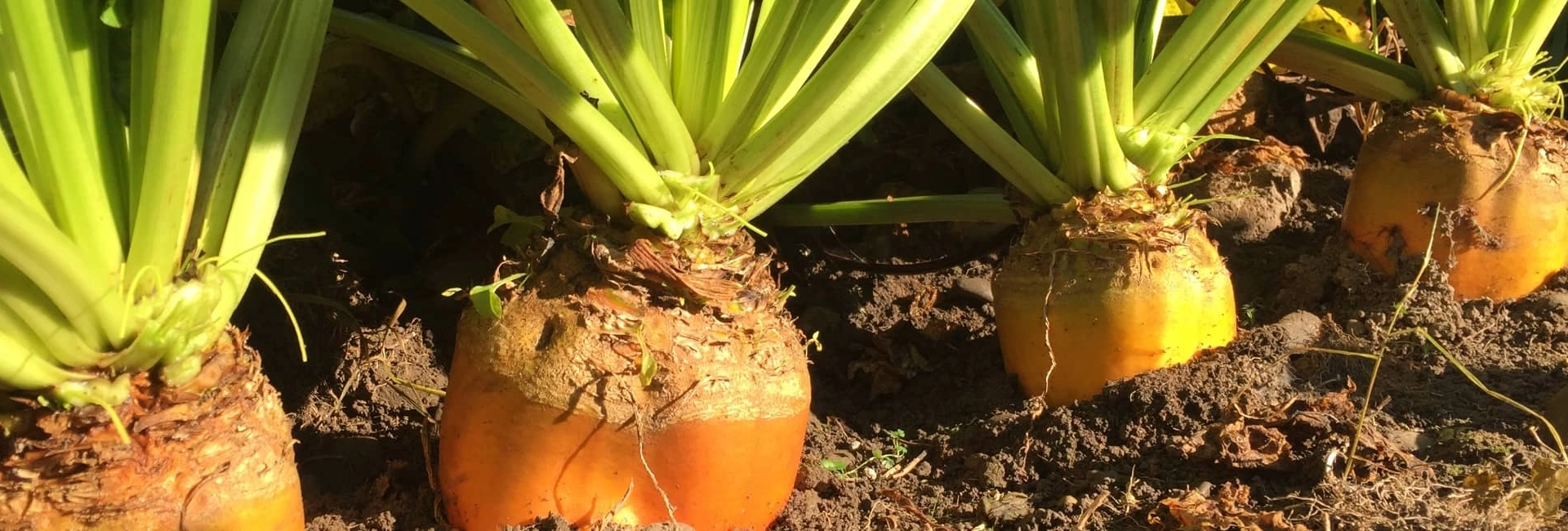Managing new pasture.

Effective management of new pastures within the initial 12 months is paramount. From the first graze and grazing at the 2-3 leaf stage to preparing for summer, fertilisation, and weed control, the management during this period significantly influences the pasture’s future performance. Therefore, grasping what to manage is pivotal.
Here’s what’s important to consider:
Managing the first graze.
A pasture isn’t established until dense and well-tillered, surviving the first summer. After 6-8 weeks of sowing a light graze helps to stimulate growth, aiding clover seedlings and ryegrass tillering, boosting density and weed competition.
To determine the readiness of pasture you can carry out the ‘pluck test, to do this, grasp the plant between thumb and forefinger and pull. If the plant breaks off rather than pulling out of the ground, it is ready for grazing.
It is recommended to graze the new pasture for the first time (but not too harshly) with young stock or sheep during dry weather to ensure the pasture is not damaged. Then spell the pasture until forage canopy occurs and plants are at between the 2 and 3 leaf stage.
Ensuing grazings.
Ryegrass tillers will generally only have up to 3 leaves at any stage (as a 4th leaf emerges, the most mature leaf starts to die). This has a direct impact on future grazing recommendation, which should occur when tillers have between 2 and 3 leaves on average – helping to maximise yield while maintaining forage quality.
Grazing before the 2 leaf stage limits the yield and doesn’t allow the plant time to recuperate. But grazing beyond the 3 leaf stage results in lower forage quality and metabolisable energy. This demonstrates the effectiveness of leaf stage as an indicator for ensuring grazings.
Preparing the pasture for summer.
Establishing robust, well-tillered grasses and clovers before summer enhances survival. This includes maintaining consistent pre-grazing levels (2-3 leaf stage) and avoiding making hay or silage to prevent plant stress – the application of fertiliser can also help prepare a new pasture for dry conditions.
The importance of fertiliser.
Although fertiliser should be applied to pasture as needed (especially nitrogen) it’s highly beneficial to make two small applications of 25-30kgN per hectare within the first 6 months to aid establishment and promote strong growth. Ongoing annual soil testing should be carried out to determine future fertiliser application requirements.
Weed control.
Weed control is crucial in new pastures in order to minimise competition and foster high-yielding, high-quality growth. While regular monitoring of emerging weeds will allow you to determine what herbicide sprays are required.
It’s clear that the management of new pastures within the first 12 months is of utmost importance. From initial grazing and careful attention to the 2-3 leaf stage, to summer preparation, fertilisation and weed control, these factors are crucial for ensuring the long-term success and productivity of your pasture investment.
Collaborating with farmers to enhance production and profitability through insights and knowledge is at the forefront of what we do. Get in touch with our team with any topics you would like our Knowledge Hub to explore.














